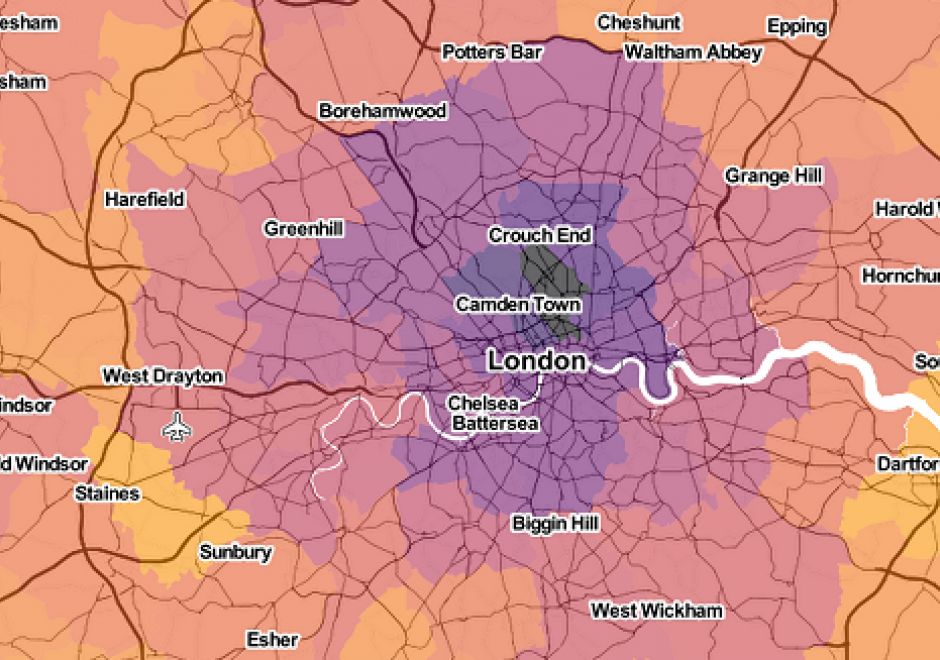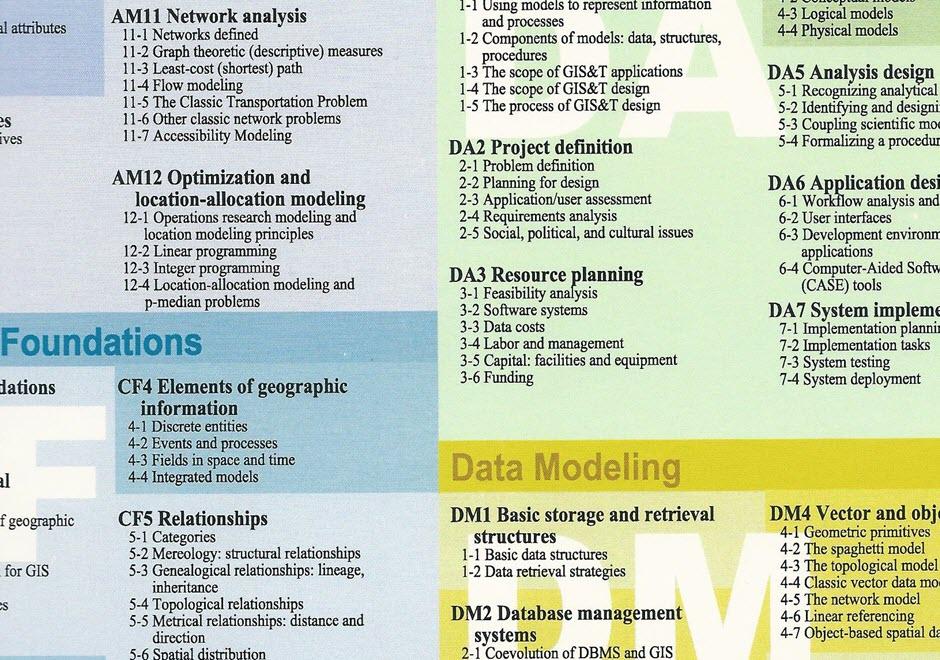FC-18 - Adjacency and connectivity

- List different ways connectivity can be determined in a raster and in a polygon dataset
- Explain the nine-intersection model for spatial relationships
- Demonstrate how adjacency and connectivity can be recorded in matrices
- Calculate various measures of adjacency in a polygon dataset
- Create a matrix describing the pattern of adjacency in a set of planar enforced polygons
- Describe real world applications where adjacency and connectivity are a critical component of analysis





FC-16 - Area and Region